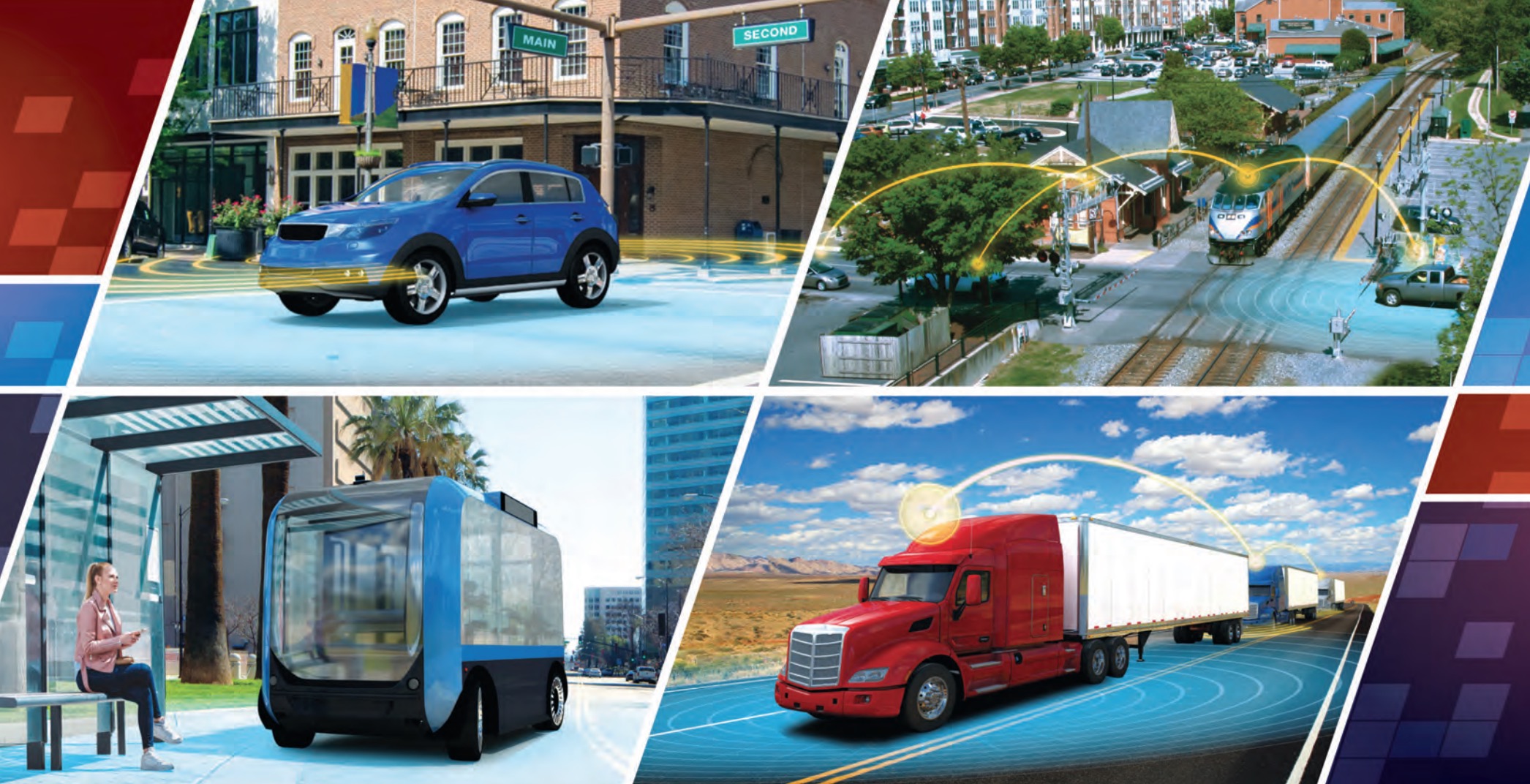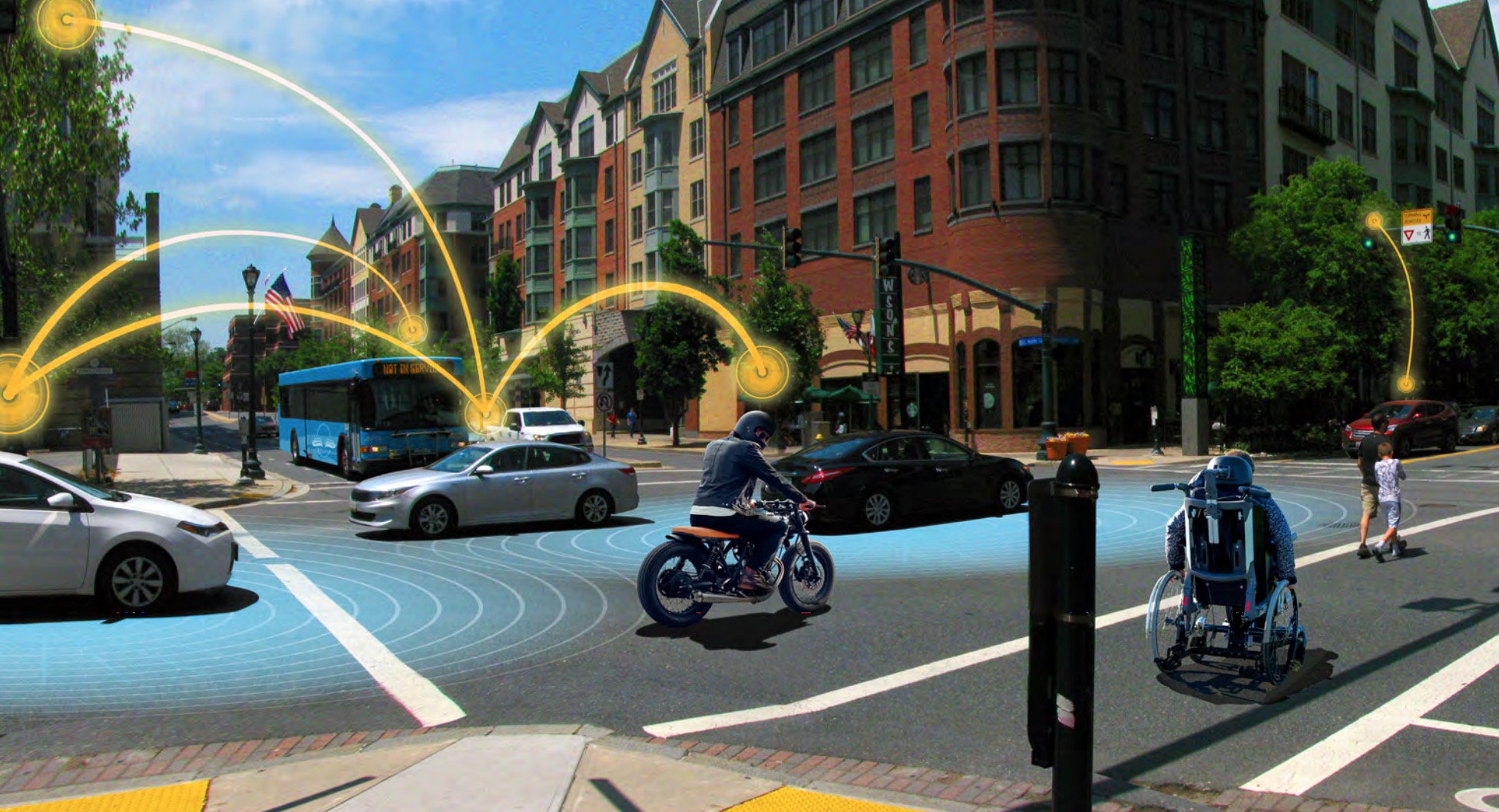UNITED STATES DEPARTMENT OF TRANSPORTATION
With the development of automated vehicles, American creativity and innovation hold the potential to once again transform mobility.
Executive Summary
Preparing for the Future of Transportation: Automated Vehicles 3.0 (AV 3.0) advances U.S. DOT’s commitment to supporting the safe, reliable, efficient, and cost-effective integration of automation into the broader multimodal surface transportation system. AV 3.0 builds upon—but does not replace—voluntary guidance provided in Automated Driving Systems 2.0: A Vision for Safety.
Automation technologies are new and rapidly evolving. The right approach to achieving safety improvements begins with a focus on removing unnecessary barriers and issuing voluntary guidance, rather than regulations that could stifle innovation.
In AV 3.0, U.S. DOT’s surface transportation operating administrations come together for the first time to publish a Departmental policy statement on automation. This document incorporates feedback from manufacturers and technology developers, infrastructure owners and operators, commercial motor carriers, the bus transit industry, and State and local governments. This document considers automation broadly, addressing all levels of automation (SAE automation Levels 1 to 5), and recognizes multimodal interests in the full range of capabilities this technology can offer.
AV 3.0 includes six principles that guide U.S. DOT programs and policies on automation and five implementation strategies for how the Department translates these principles into action (see facing page).
AV 3.0 Provides New Multimodal Safety Guidance
In accordance with the Department’s first automation principle, AV 3.0 outlines how automation will be safely integrated across passenger vehicles, commercial vehicles, on-road transit, and the roadways on which they operate. Specifically, AV 3.0:
- Affirms the approach outlined in A Vision for Safety 2.0 and encourages automated driving system developers to make their Voluntary Safety Self-Assessments public to increase transparency and confidence in the technology.
- Provides considerations and best practices for State and local governments to support the safe and effective testing and operation of automation technologies.
- Supports the development of voluntary technical standards and approaches as an effective non-regulatory means to advance the integration of automation technologies into the transportation system.
- Describes an illustrative framework of safety risk management stages along the path to full commercial integration of automated vehicles. This framework promotes the benefits of safe deployment while managing risk and provides clarity to the public regarding the distinctions between various stages of testing and full deployment.
- Affirms the Department is continuing its work to preserve the ability for transportation safety applications to function in the 5.9 GHz spectrum.
AV 3.0 Clarifies Policy and Roles
AV 3.0 responds to issues raised by stakeholders and includes the following key policy and role clarifications:
- States that U.S. DOT will interpret and, consistent with all applicable notice and comment requirements, adapt the definitions of “driver” and “operator” to recognize that such terms do not refer exclusively to a human, but may include an automated system.
- Recognizes that given the rapid increase in automated vehicle testing activities in many locations, there is no need for U.S. DOT to favor particular locations or to pick winners and losers. Therefore, the Department no longer recognizes the designations of ten Automated Vehicle Proving Grounds announced on January 19, 2017.
- Urges States and localities to work to remove barriers—such as unnecessary and incompatible regulations—to automated vehicle technologies and to support interoperability.
- Affirms U.S. DOT’s authority to establish motor vehicle safety standards that allow for innovative automated vehicle designs— such as vehicles without steering wheels, pedals, or mirrors—and notes that such an approach may require a more fundamental revamping of the National Highway Traffic Safety Administration’s (NHTSA) approach to safety standards for application to automated vehicles.
- Reaffirms U.S. DOT’s reliance on a self-certification approach, rather than type approval, as the way to balance and promote safety and innovation; U.S. DOT will continue to advance this approach with the international community.
- Clarifies that, rather than requiring a onesize-fits-all approach, the Federal Transit Administration will provide transit agencies with tailored technical assistance as they develop an appropriate safety management system approach to ensuring safe testing and deployment of automated transit bus systems.
AV 3.0 Outlines How to Work with U.S. DOT as Automation Technology Evolves
It identifies opportunities for partnership and collaboration among the private sector, State and local agencies, and U.S. DOT on issues ranging from accessibility to workforce development to cybersecurity. Specifically, AV 3.0:
- Announces a forthcoming notice of proposed rulemaking, which includes the possibility of setting exceptions to certain safety standards—that are relevant only when human drivers are present—for automated driving system (ADS)-equipped vehicles.
- Informs stakeholders that U.S. DOT will seek public comment on a proposal to streamline and modernize the procedures NHTSA will follow when processing and deciding exemption petitions.
- Defines a targeted Federal role in automation research.
- Informs stakeholders of the Federal Motor Carrier Safety Administration’s (FMCSA) intent to initiate an Advance Notice of Proposed Rulemaking to better understand areas of responsibility between the State and Federal governments in the context of ADS-equipped commercial motor vehicles and commercial carriers.
- States that FMCSA will also consider changes to its motor carrier safety regulations to accommodate the integration of ADS-equipped commercial motor vehicles.
- Informs stakeholders that U.S. DOT plans to update the 2009 Manual on Uniform Traffic Control Devices, taking new technologies into consideration.
- Identifies automation-related voluntary standards being developed through standards development organizations and associations.
- Announces a study of the workforce impacts of automated vehicles, in collaboration among U.S. DOT, U.S. Department of Labor, U.S. Department of Commerce, and the U.S. Department of Health and Human Services.
U.S. DOT’s Operating Administrations are United in Their Commitment to Safety
We act as “One DOT” in pursuing strategies to successfully integrate automation technologies into the transportation system. The operating administrations shown on the facing page contributed to AV 3.0.
Each of these U.S. DOT operating administrations actively encourages the integration of automation in ways guided by the U.S. DOT’s automation principles and strategies noted above.4 AV 3.0 focuses on the automation of motor vehicles on roadways and the roles of NHTSA, FMCSA, FHWA, and FTA, with consideration of intermodal points (e.g., motor vehicles at ports and highway-rail grade crossings).
Download full version (PDF): Preparing for the Future of Transportation
About the United States Department of Transportation
www.transportation.gov
The mission of the Department is to: Ensure our nation has the safest, most efficient and modern transportation system in the world; that improves the quality of life for all American people and communities, from rural to urban, and increases the productivity and competitiveness of American workers and businesses.
Tags: Automated Vehicles, Autonomous Vehicles, mobility, United States Department of Transportation, USDOT








 RSS Feed
RSS Feed